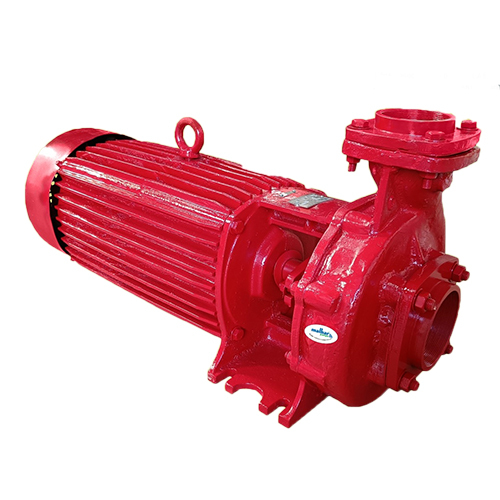
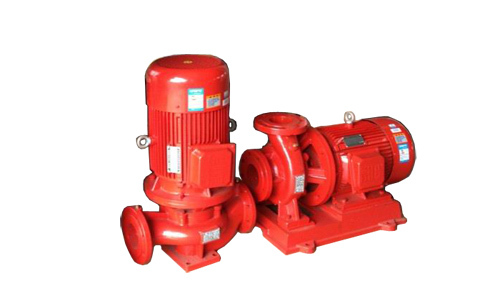
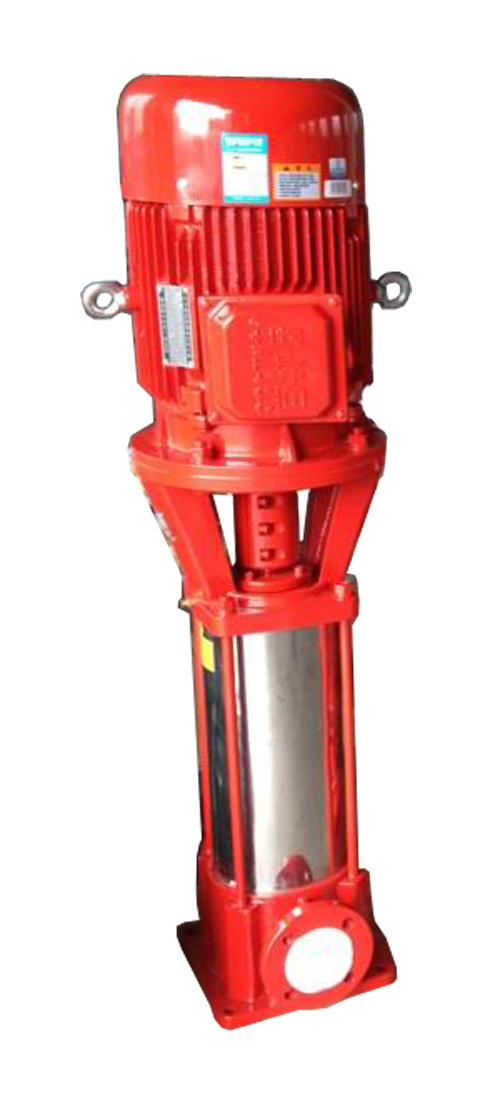
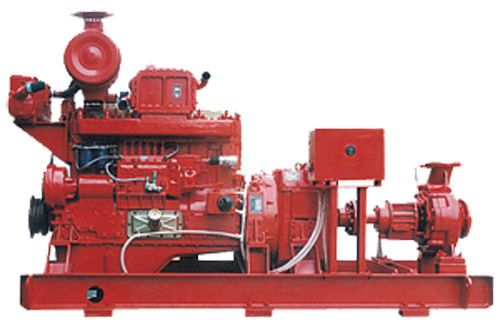
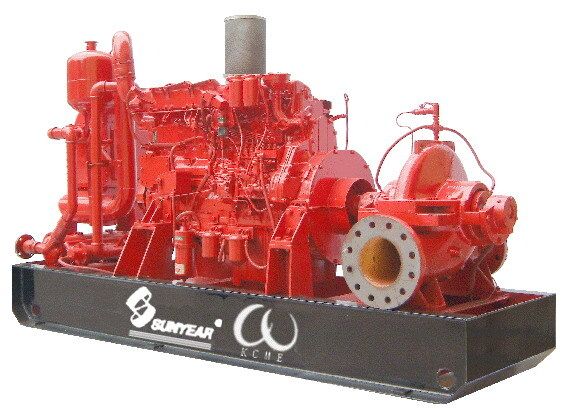
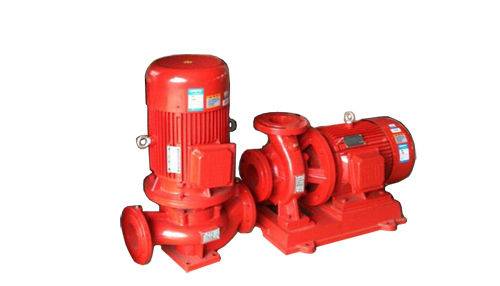
Fire fighting pump
Product Details:
- Material Stainless Steel
- Structure Multistage Pump
- Power Electric
- Pressure High Pressure
- Click to view more
Fire fighting pump Price And Quantity
- INR
- 1 Unit
Fire fighting pump Product Specifications
- Electric
- Stainless Steel
- Multistage Pump
- High Pressure
Fire fighting pump Trade Information
- Cash on Delivery (COD) Cash Against Delivery (CAD) Cash in Advance (CID) Cheque Cash Advance (CA)
- 10 Unit Per Day
- 7-30 Days
- Yes
- Sample costs shipping and taxes has to be paid by the buyer
- Australia North America South America Eastern Europe Western Europe Middle East Africa Central America Asia
- All India
Product Description
Fire fighting pump
A fire pump is a part of a fire sprinkler system's water supply and can be powered by electric, diesel or steam. The pump intake is either connected to the public underground water supply piping, or a static water source (e.g., tank, reservoir, lake). The pump provides water flow at a higher pressure to the sprinkler system risers and hose standpipes. A fire pump is tested and listed for its use specifically for fire service (by a third-party testing and listing agency if required)
OPERATION:
Fire pumps may be powered either by an electric motor or a diesel engine, or, occasionally a steam turbine. If the local building code requires power independent of the local electric power grid, a pump using an electric motor may utilize, when connected via a listed transfer switch, the installation of an emergency generator.
The fire pump starts when the pressure in the fire sprinkler system drops below a threshold. The sprinkler system pressure drops significantly when one or more fire sprinklers are exposed to heat above their design temperature, and opens, releasing water. Alternately, other fire hoses reels or other firefighting connections are opened, causing a pressure drop in the fire fighting main.
Fire pumps are needed when the local municipal water system cannot provide sufficient pressure to meet the hydraulic design requirements of the fire sprinkler system. This usually occurs if the building is very tall, such as in high-rise buildings, or in systems that require a relatively high terminal pressure at the fire sprinkler in order to provide a large volume of water, such as in storage warehouses. Fire pumps are also needed if fire protection water supply is provided from a ground level water storage tank.
Types of pumps used for fire service include: horizontal split case, vertical split case, vertical inline, vertical turbine, and end suction.
Operating Range
- Capacity : 3000 US GPM,
- Head :348 PSI,
- RPM : AS Per Your Requirement
- Frequency : 50 Hz / 60 Hz

Price:
- 50
- 100
- 200
- 250
- 500
- 1000+











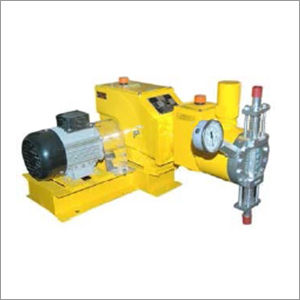



 Send Inquiry
Send Inquiry Send SMS
Send SMS Call Me Free
Call Me Free
